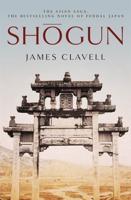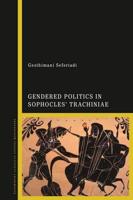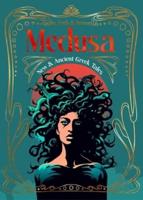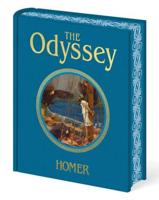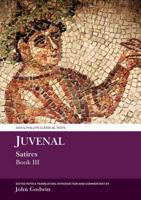Publisher's Synopsis
It is one of the oldest text, part of Sama Ved, Rig Ved being the oldest text ever written in history of mankind. This story is about me Shevtaketu, And how I understand the Universal Consciousness "The Brahman". This series is a continuation of our current works Upanishads. Technically complied by several thousands of years before the common Era. The Upanishads contain revealed truth (Sruti) about Brahman (God), the Ultimate Reality and the way of salvation (Moksha). Term Upanishad derives from upa- ('nearby'), ni- ('at the proper place, down') and sad ('to sit') and it means 'sitting near a teacher to receive the sacred teachings'. Vedanta (anta 'the end' or 'last portion') is the essence and culmination of all the knowledge within the Vedas. Vedas (vid - 'to know', 'knowledge' of the eternal truth). Of the 108 Upanishads that have been preserved 12 are considered the principle Upanishads. The Upanishads most of all are the record of what the sages and seers perceived in thought and visions and are not an organized systems of philosophy. They have elucidated the most important questions of human existence: Purpose of Life Nature of Brahman (God) The Origin of the Universe Karma Rebirth Maya Afterlife Immortality The Upanishads deal the disciplines of philosophical knowledge (jnana), divine love (bhakti), action (karma), and yoga. They express the same truth as the Bhagavad Gita and the Brahma Sutras. Brahman (lit. brih - 'to grow, to expand' also 'the greatest') is God. The Sanskrit name for God is Sat-Chit-Ananda = Sat (Existence), Chit (Consciousness), Ananda (Bliss). Brahman is Sat-Chit-Ananda in many different forms and God the formless (Existence, Consciousness and Bliss). Brahman is the Universal Spirit; the Ultimate Reality, Pure Consciousness; the one existence; the Absolute; "the unchanging reality amidst and beyond the world", which "cannot be exactly defined". The instructions regarding Brahman were often given in short formulas also known as Upanishads. "It's secret name (Upanishad) is Satyasya Satyam, 'the Truth of truth.' [Brihadaranyaka Upanishad 2.1.20] The form of that person is like a cloth dyed with turmeric, or like grey sheep's wool, or like the scarlet insect called Indragopa, or like a tongue of fire, or like a white lotus, or like a flash of lightning. He who knows this-his splendour is like a flash of lightning. Now, therefore, the description of Brahman: "Not this, not this" (Neti, Neti); for there is no other and more appropriate description than this "Not this." Now the designation of Brahman: "The Truth of truth." The vital breath is truth and it (Brahman) is the Truth of that. - Brihadaranyaka Upanishad 2.3.6


